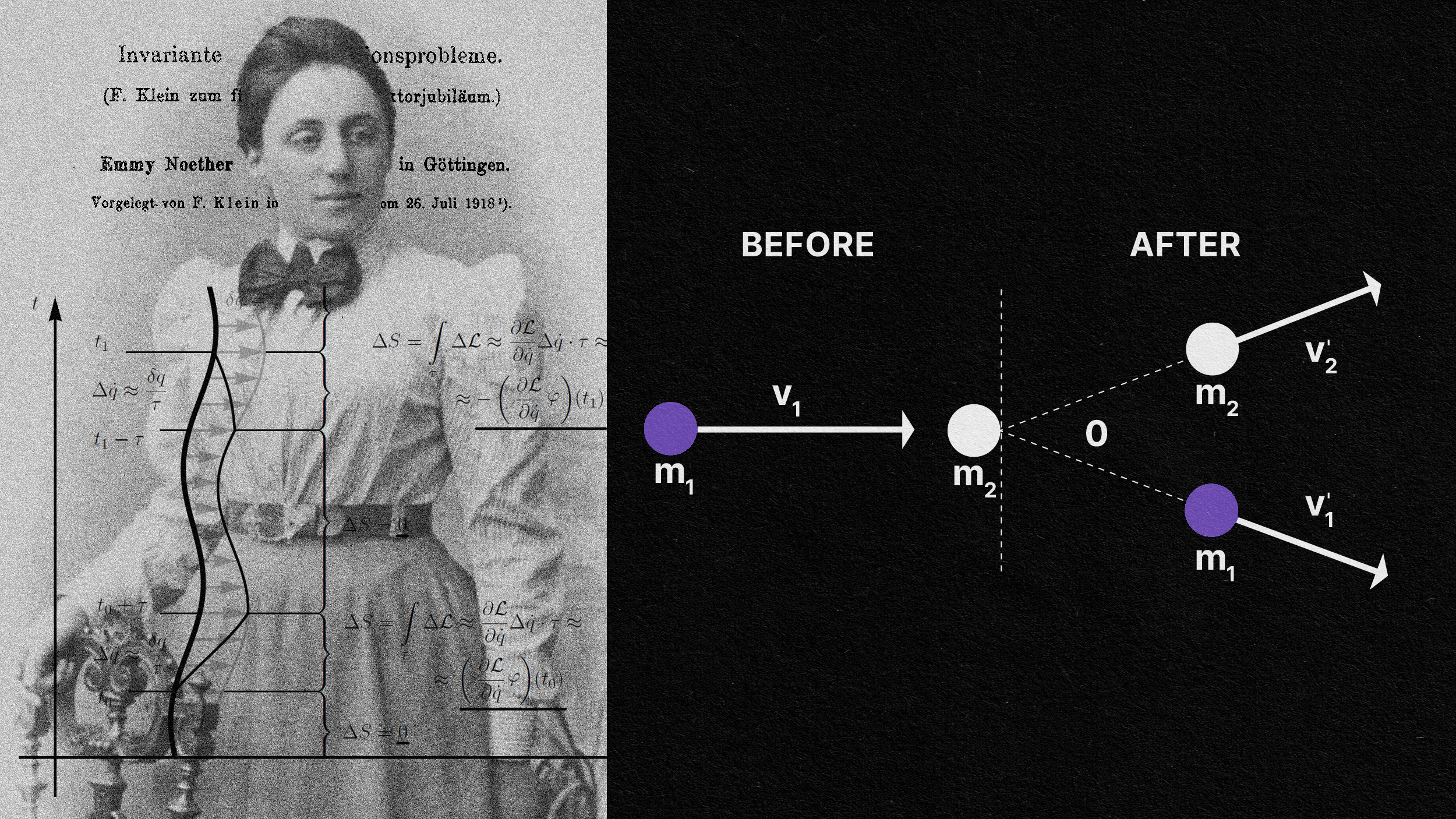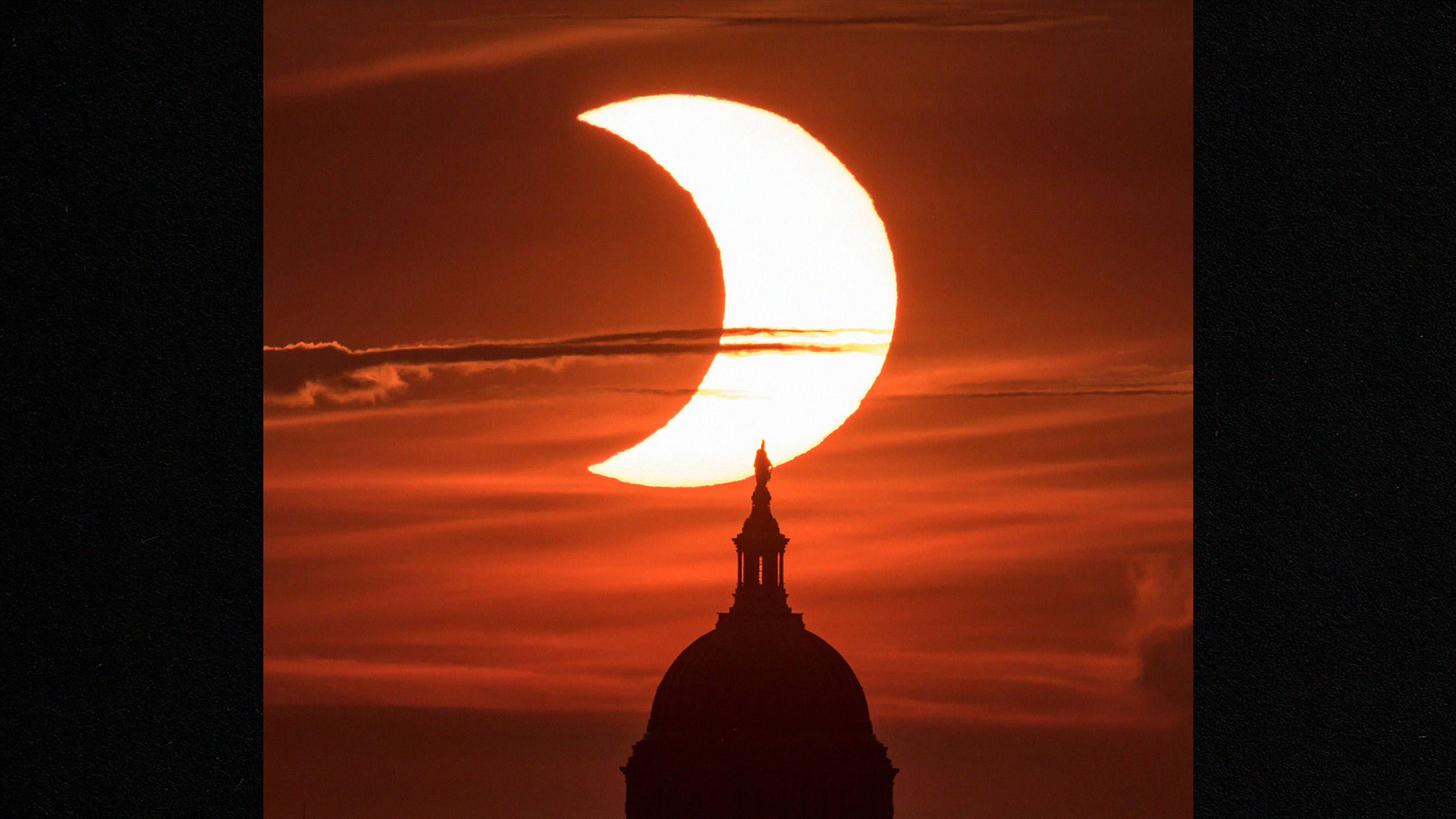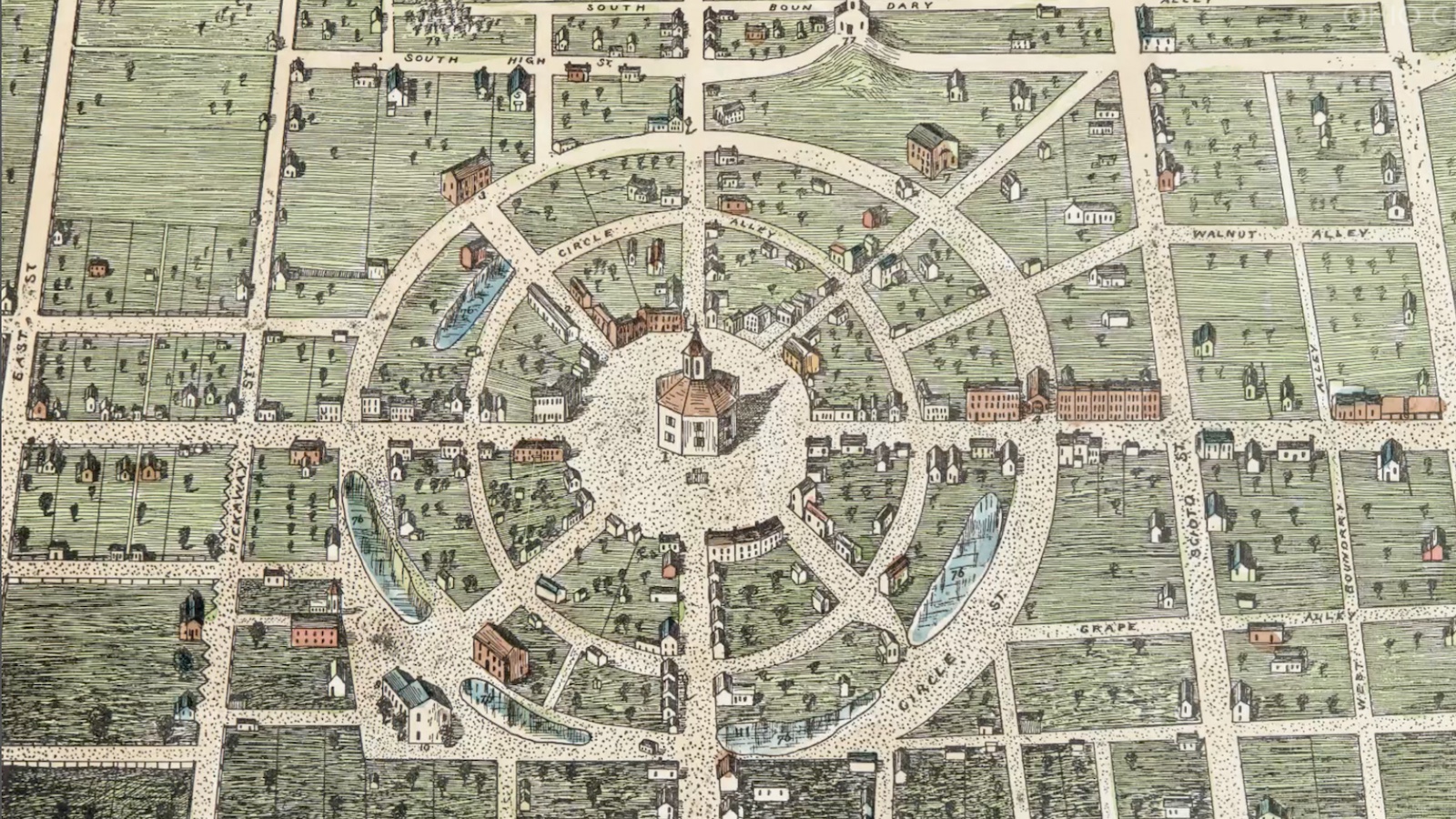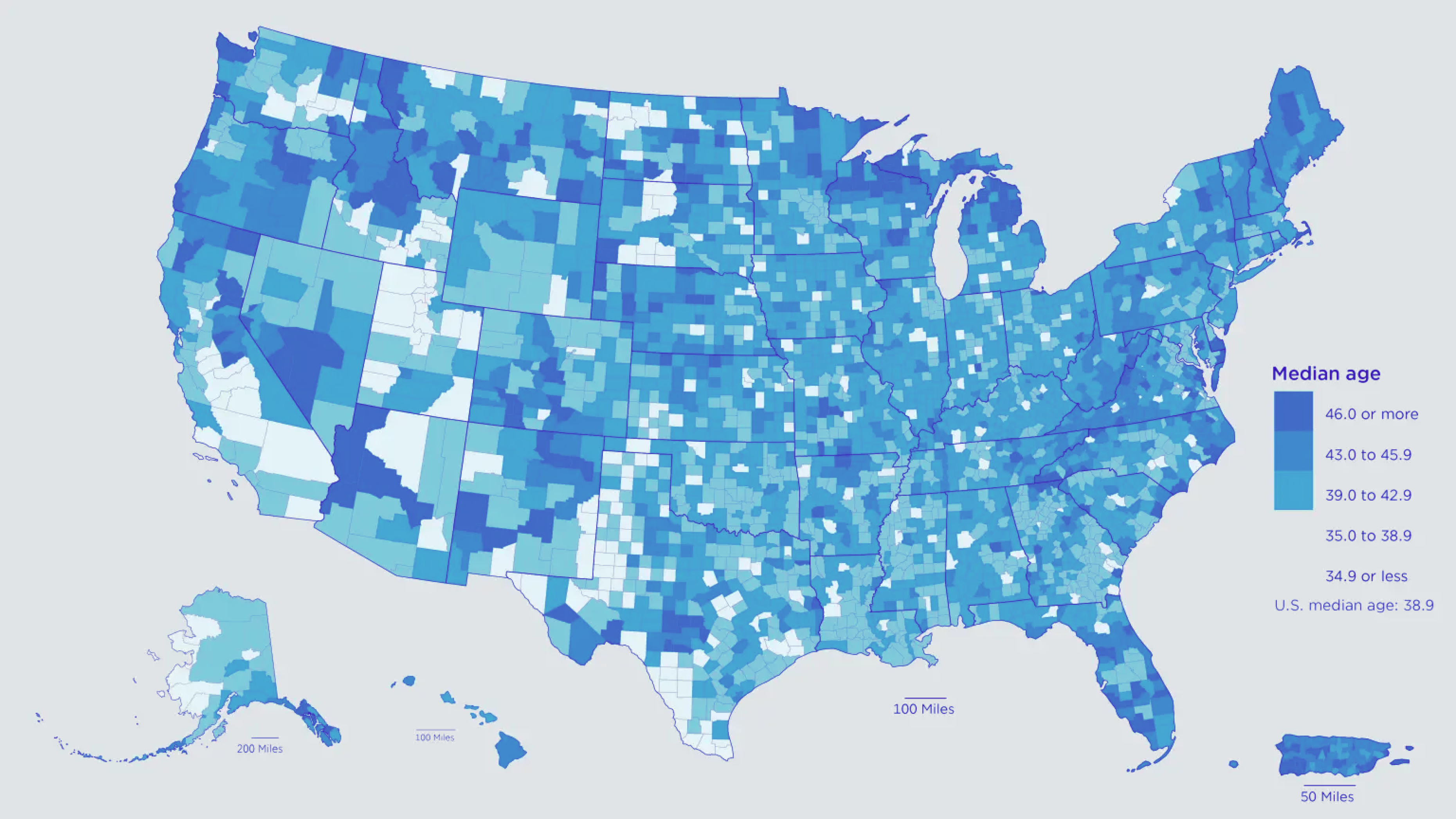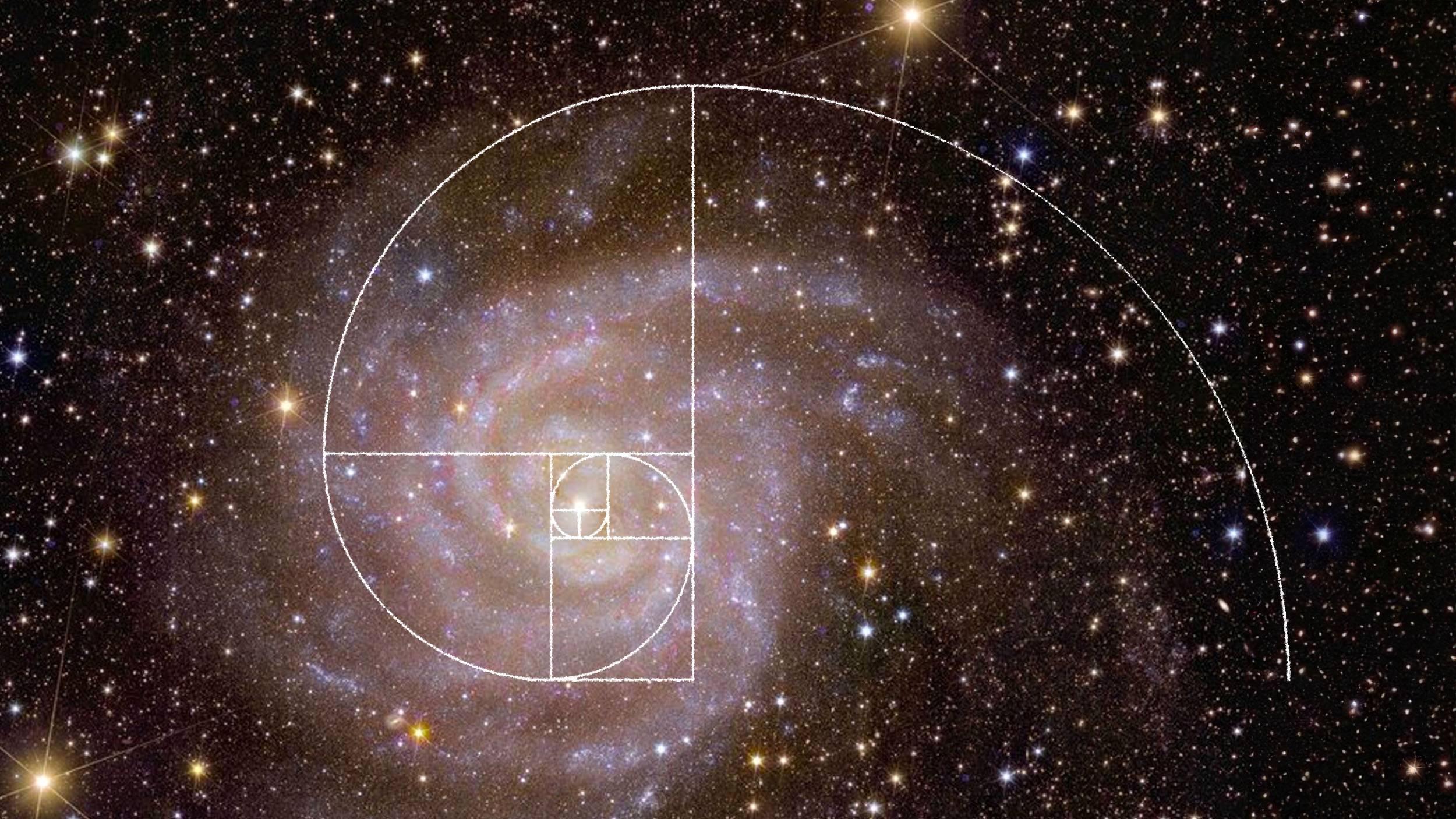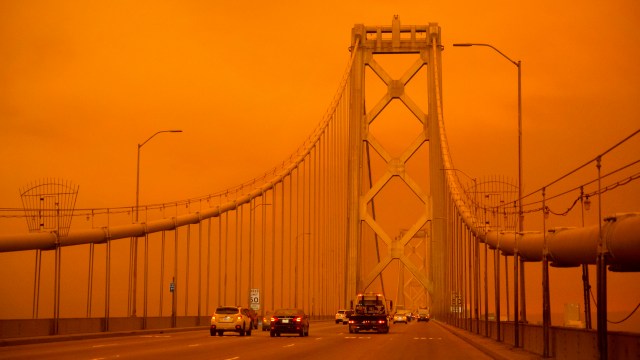‘Magic square’ math puzzle has gone unsolved since 1996

pxfuel.com
- The puzzle involves a particularly complicated type of magic square.
- Magic squares are square arrays containing distinct numbers, and the sums of the numbers in the columns, rows and diagonals must be equal.
- In 1996, the recreational mathematics writer Martin Gardner offered $100 to whoever could solve a 3x3 magic square — but using squared numbers.
Magic squares have fascinated mathematicians for thousands of years, with the earliest known example dating back to 2,800 B.C.E., in China. The idea behind magic squares is simple, though the puzzles can get mind-numbingly complex.
First, take a square array — say, a 3×3 grid divided into 9 squares — and put a unique number in each square. But you must arrange the numbers such that the sums of the numbers in each row, column and diagonal add up to the same number.
Here’s an example of a partially completed magic square. Try to figure out which numbers you’d need to put in the blank spaces in order to complete it.
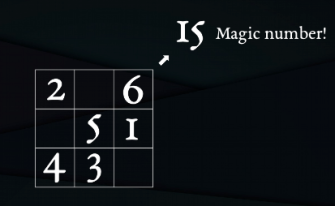
docdroid.net
Given that you need each column, row and diagonal to add up to 15, you’d need to fill in the empty squares with a 9, 7 and 8.
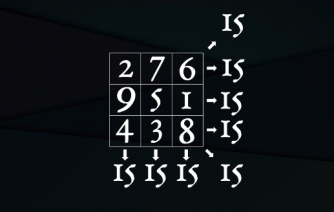
docdroid.net
That may be easy enough. But magic squares become far more difficult when they use squared numbers, a concept first exemplified by the 18th-century mathematician Leonhard Euler.
Since, mathematicians have generated various configurations of 4×4 magic squares of squares, including 5×5, 6×6 and 7×7 versions. But nobody has yet proven that a 3×3 magic square of squares is possible — or impossible, for that matter.
To date, there have been at least two prizes offered to whoever can solve this longstanding puzzle. Martin Gardner, a science and mathematics writer who was perhaps best known for devising recreational mathematics games that appeared for 25 years in a column published by Scientific American, offered a prize of $100 in 1996 to whoever could crack the code first.
“So far no one has come forward with a “square of squares”—but no one has proved its impossibility either,” Gardner wrote in 1998 in Scientific American. “If it exists, its numbers would be huge, perhaps beyond the reach of today’s fastest supercomputers.”

Melancholia I. (A 4×4 magic square is depicted in the top right of the painting.)Dürer‘s
In 2005, the mathematician Christian Boyer raised the stakes by offering €1,000 plus a bottle of champagne to anyone who could complete a 3×3 magic square of squares — using seven, eight or nine distinct squared integers. (Boyer also offered a prize for anyone who can show the puzzle is impossible, and he lists smaller prizes for other unsolved puzzles on his website.)
While both prizes remain unclaimed, some people have come close to solving the 3×3 magic square of squares, like this configuration listed on Christian Boyer’s website.
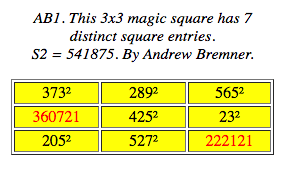
To those unfamiliar with high-level mathematics, it may come as a surprise that there’s no shortage of well-known unsolved math problems, from the inscribed square problem in Euclidean geometry, to the Bombieri–Lang conjecture in algebra. Solving some of the these puzzles could lead to useful applications in the real world. But cracking the magic square of squares problem? Not so much.
Still, that’s unlikely to deter mathematicians from seeking solutions.
“Such a magic square would probably not have any practical use,” Gardner wrote in Scientific American. “Why then are mathematicians trying to find it? Because it might be there.”
Not to mention the champagne.
